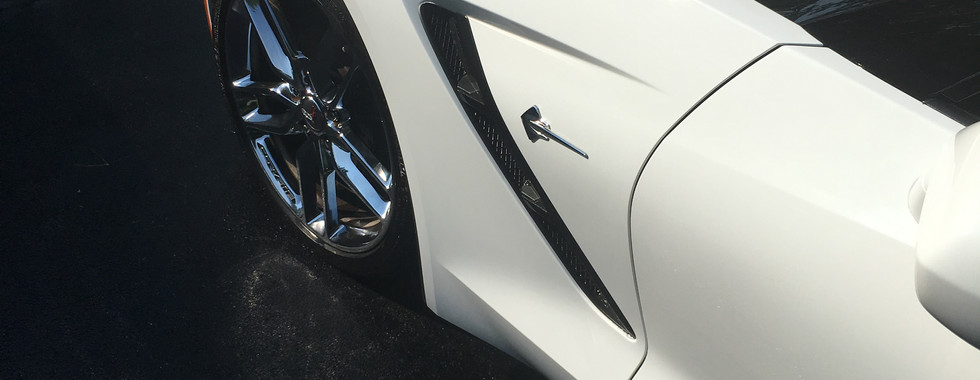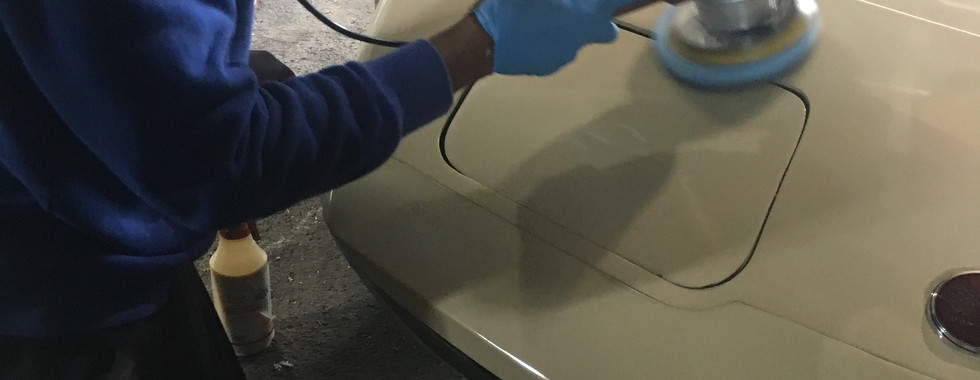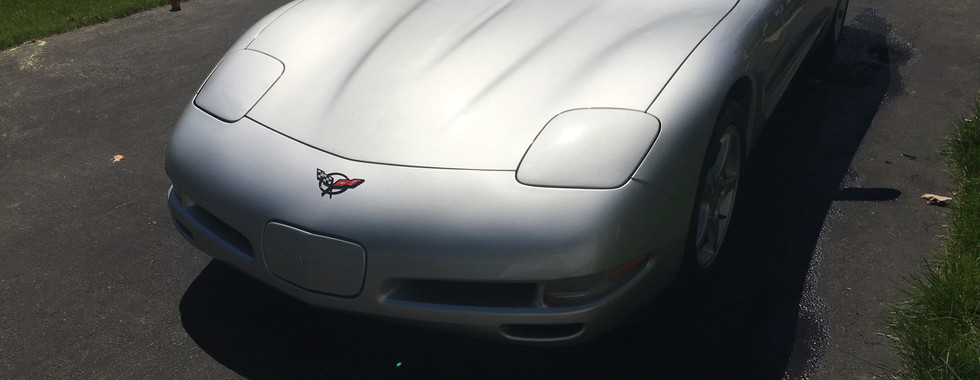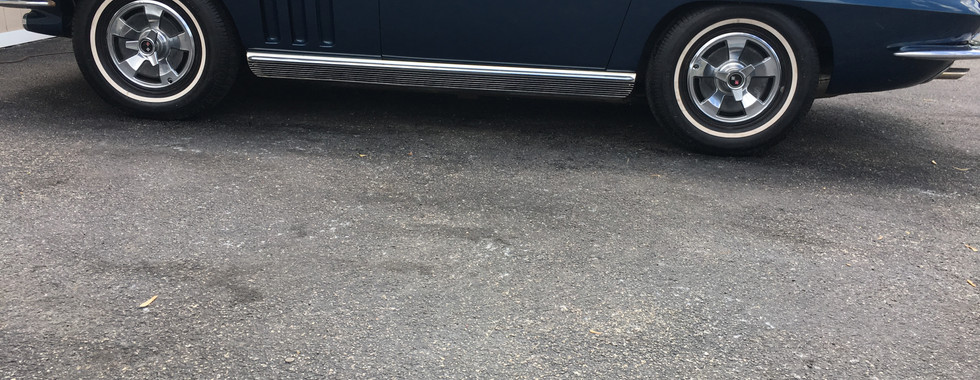Corvette Trivia for the Car Geek in You
- Chris

- Sep 29, 2019
- 3 min read
Author Theresa "Sam" Houghton

When it comes to sports cars, Corvettes deliver some serious bang for your buck. But they’re not just fun to drive; the model also has an interesting history and has made a significant impact on both car culture and manufacturing. Did you know…
Early Corvettes Had Fewer Options
The first Corvette model appeared in 1953 with a V-6 engine and two possible upgrades: a heater and an AM radio. (V-8 engines didn’t appear under the hood until 1955.) That’s quite a contrast to the 2020 model, which comes equipped with a Bose speaker system, power seats, and options for a heated steering wheel and head-up display!
The Car Made Fiberglass Popular
Designers got creative with materials in the earliest Corvettes. In fact, these were the first commercial vehicles to have totally fiberglass bodies, and other car makers were inspired to follow suit. Only one vehicle was built this way prior to the Corvette. Called the Stout Scarab Experimental, it was a prototype minivan imagined by the Stout Motorcar Company in 1933. However, it was too expensive to market to the public at the time and was never offered for sale.
Nobody Bought a New Corvette in 1983
No Corvette model hit showroom floors for the 1983 model year. Why? GM’s innovations with the car didn’t quite work out as expected, and the company faced significant production delays due to issues with body design and finicky roof panels. Emissions compliance was also a problem, so the car was shelved until the next year. Of the 43 prototypes built, only one survived and can still be seen at the National Corvette Museum in Bowling Green, Kentucky.
You Could Get a Speeding Ticket Driving in Reverse
Throw a 2014 Corvette Stingray into reverse and hit the gas, and you might find yourself zipping along at 53 miles an hour. While this might be perfect for a high-speed chase or some impressive stunt driving, it’s not exactly practical if you’re just cruising around town and don’t want to attract unwanted attention!
The Indy 500 Loves Corvettes
Many drivers in the Indianapolis 500 have rolled along behind a Corvette as their pace car. The first Corvette hit the track in 1978, and the model has been used 15 times since then. Some 1978 Pace Car editions of the vehicle are still available and have become collector’s items for Corvette enthusiasts.
The Stingray Could be a Shark (or Not)
Corvette legend has it that designer Bill Mitchell took inspiration for the first coupe model of the vehicle directly from a shark he caught while out deep-sea fishing. The split-window Sting Ray (later merged into one word) appeared in 1963 and is considered both beautiful and influential. Whether or not the shark tale is just a fish story, it is true that the car was named after a sleek ocean bottom dweller, which Mitchell encountered on his fishing expeditions.
From old-school classics to the newest redesigned model, Corvettes continue to capture the attention and affection of American drivers. Whether or not you’ve ever had one in your garage, you can appreciate the influence this iconic car has had throughout its history.
A Note From Chris:
" Corvettes are always a pleasure to get cleaned up. It's one of those vehicles you can appreciate even more so up close. And when you do so, you understand why it's so popular and has withstood the test of time."
Some of our Corvette Cleanups:
About the Author Theresa “Sam” Houghton is a writer, speaker and health coach from Troy, NY. She’s a regular contributor to NutritionStudies.org, and her work has appeared in the Honest Weight Food Co-Op Coop Scoop, Natural Awakenings Magazine and the NutritionFacts.org 2017 Daily Dozen calendar. She has been a featured guest on Focus on Albany, WMAC’s Food Friday and the Just Ask David podcast. When she's not writing or cooking, Sam likes to read and study the Bible, cook tasty plant-based food and knit socks.You can find out more about Sam at GreenGutWellness.com.

.png)


































































































































Comments